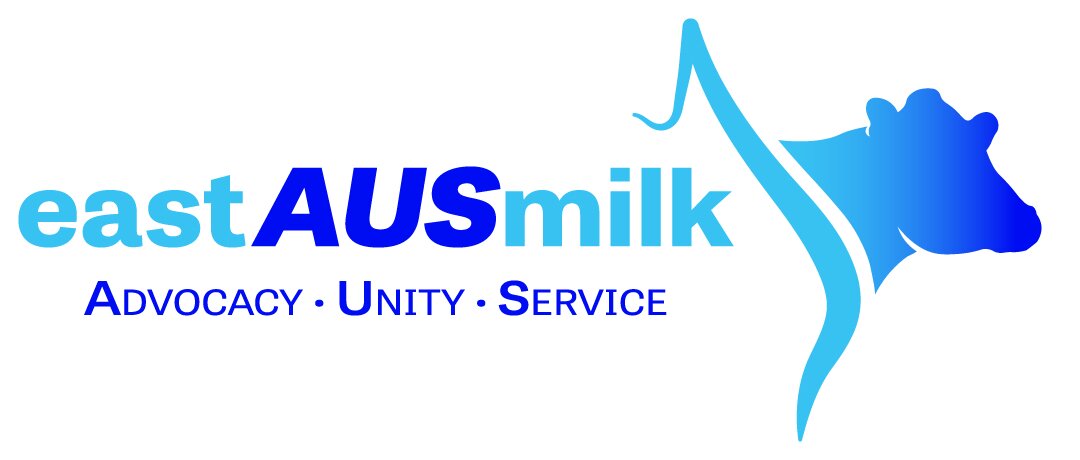The Future of Australian Dairy
In 2011, supermarkets decided to reduce the price of fresh milk to $1/L litre. This resulted in devaluing nutritious milk and undermining dairy farmers.
This changed in 2018 when the supermarkets, led by Woolworths, acknowledged that $1/L milk was having a negative effect upon dairy farmers and the farmgate price they were paid.
$1/L milk was at an end and the price was increased but after so many years it was still devalued.
Over these same years, the dairy industry has seen a continued reduction of dairy farms throughout Australia. In Queensland for instance there were over 3000 dairy farms in 1980, twenty years later it was approximately 600 dairy farms while today it is under 300 dairy farms.
In terms of milk production, this has also been impacted. Australia is currently producing approximately 8 billion litres compared to 12 billion litres a few years ago.
The farm gate prices that have been announced over the past months (while strong, open and transparent) are only keeping pace with the increase in input costs (for instance fertiliser, diesel and energy) that the dairy value chain, from farmers, processors to supermarkets, pay every day.
The pressure being placed on dairy farmers continues to be immense, both economically and emotionally.
More recently, farmers have experienced floods, droughts, bushfires and other natural disasters all in close proximity.
Now, on our doorstep is Foot and Mouth Disease. If it was to reach Australian shores, the immediate impact on livestock (including dairy) would be worse than disastrous.
Export sales would stop, movement of cattle would cease and (depending on the outbreak) cows would be culled and euthanised.
Decades of genetics lost in a matter of weeks. Monetary compensation would not offset these losses.
It is little wonder that dairy farmers are concerned every day about such an outbreak and the impact it would have upon their farm and the communities that support them.
Discussion has ranged from increased biosecurity measures at ports of arrival, availability of vaccinations (both here and overseas) as well as restricting travel to tourist destinations where FMD is rife.
Regardless of the issues that Aussie dairy farmers will face over the coming months, they will continue to remain resilient and strong in the face of such adversity.
While more will need to be done to ensure a long term sustainable Australian dairy industry, supermarket customers will still be able to buy Aussie produced fresh milk and dairy products from the supermarket dairy cabinet.
Shaughn Morgan, co-CEO eastAUSmilk

